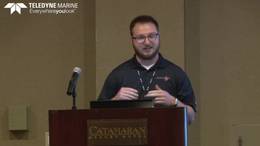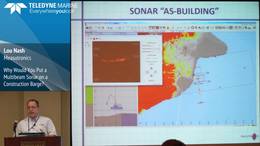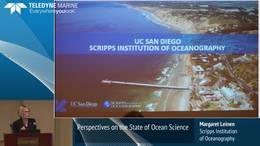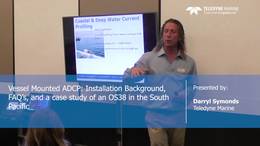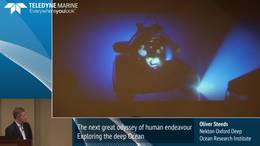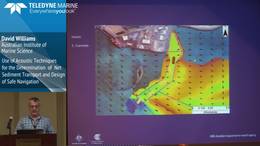Multi-Modal Autonomous Exploration of Ice-Ocean Interactions at an Antarctic Ice Shelf Front
Alexander Forrest
University of California - Davis
Abstract:
Predicting the response of the ice-ocean system is becoming increasingly critical in an era where climate change is leading to ever more common mass wasting events of ice shelves in Arctic and Antarctic regions. In order to understand why these ice shelves are collapsing at an unprecedented rate and how they will continue to evolve in the future with changing climate, it is critical to make in situ observations of the physical processes driving these large mass wasting events. In these extreme environments, such measurements are only possible through autonomous robotic platforms.
On April 7, 2016, two large (~10km long by 5 km wide) fragments broke off the Nansen Ice Shelf in the Ross Sea in a single mass-wasting event in close proximity to a suspected subglacial channel. In 2017, UBC-Gavia, an autonomous underwater vehicle (AUV), and Storm Petrel, a buoyancy driven autonomous underwater vehicle (these are often referred to as gliders), were deployed from the R/V Araon as part of the Land-Ice/Ocean Network Exploration with Semiautonomous Systems (LIONESS) collaborative framework led by the Korean Polar Research Institute. Using a coordinated robotics approach, observations were made of: 1) under-ice topography and basal roughness; 2) the boundary layer dynamics at the ice-water interface; and, 3) the mid-water column behavior, in both the near and far field, of outflowing supercooled water coming from beneath the ice shelf. While not without challenge, such an approach is one of the few ways to get a synoptic views of these dynamic and evolving systems.

